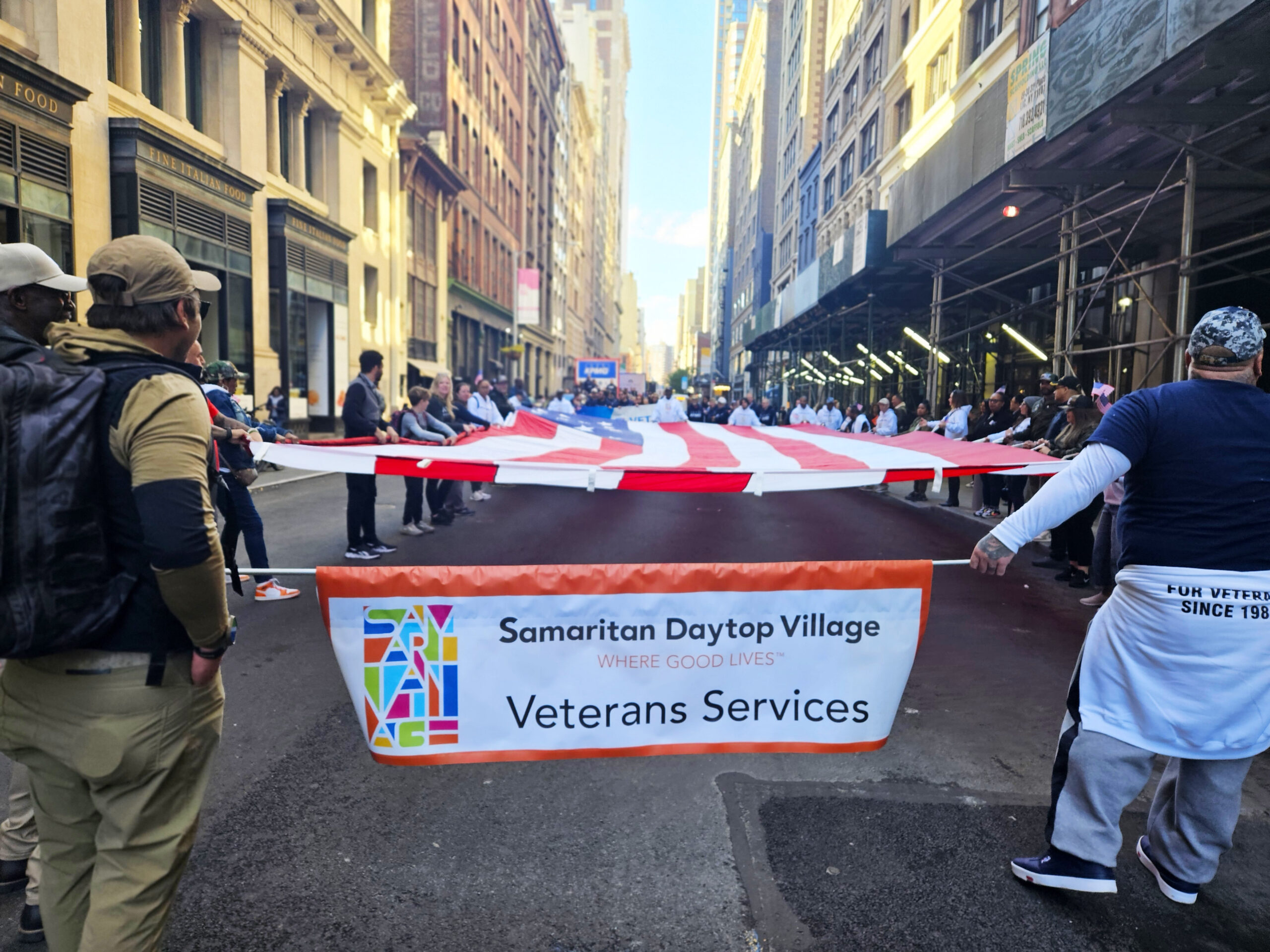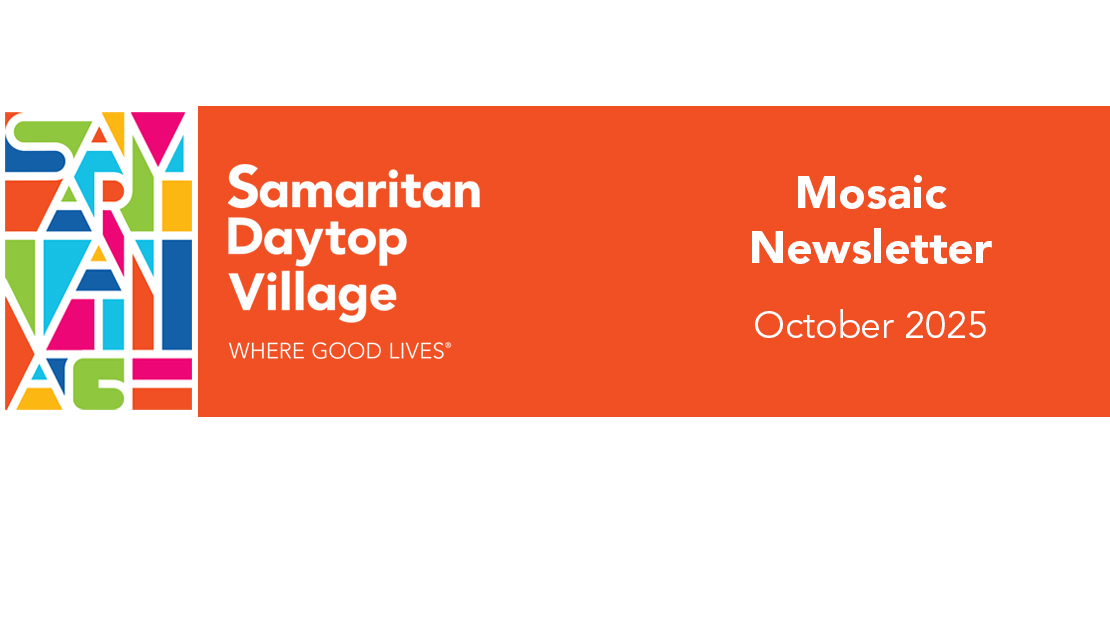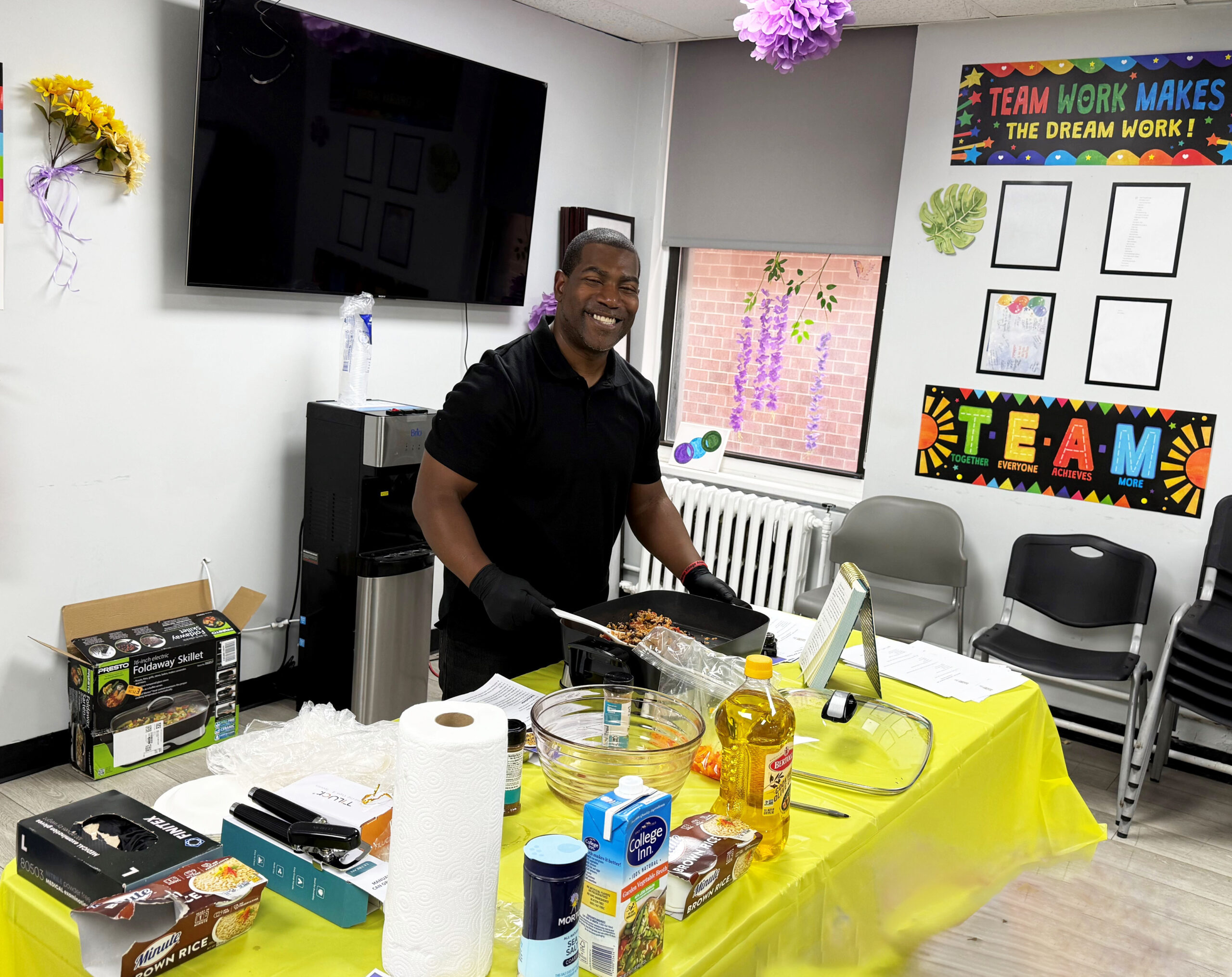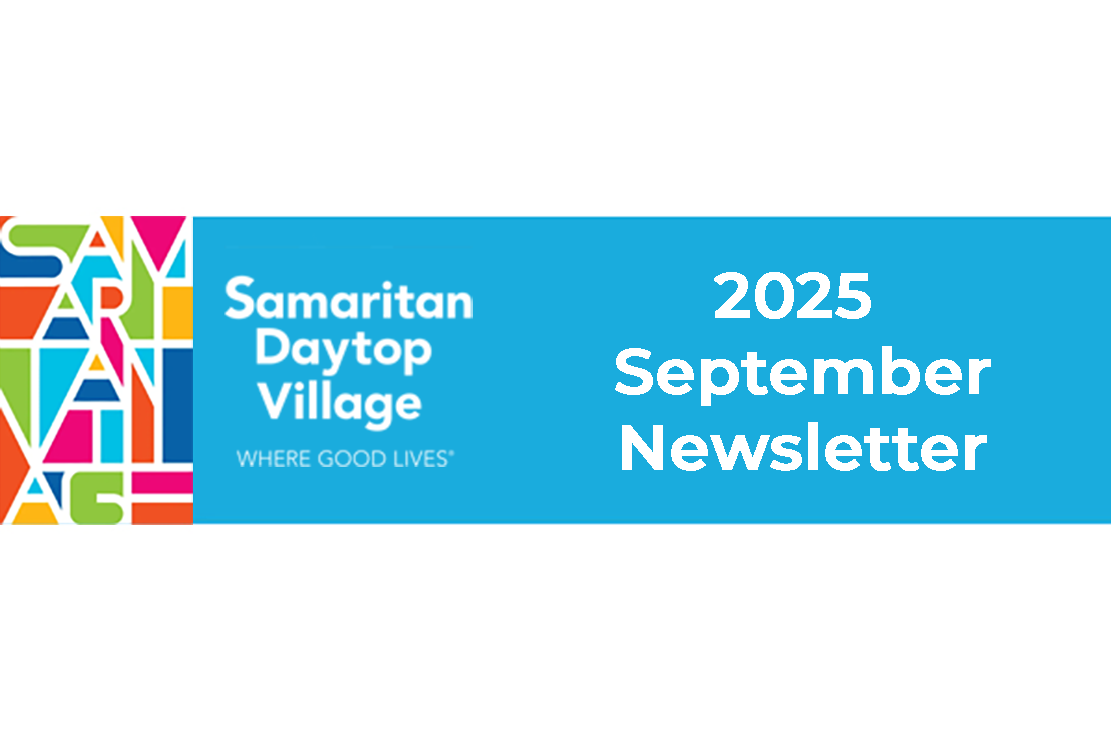Honoring Veterans Means Supporting Their Recovery

As published in The Spirit, November 8, 2025
Link to article
Honoring Veterans Means Supporting Their Recovery
by Mitchell Netburn
President & CEO
Samaritan Daytop Village
Overdose deaths in NYC declined dramatically last year. But now is not the time to pull back on any of the risk-mitigation strategies like distributing naloxone, fentanyl test strips, and safe-use supplies that prevent deaths.
This week, as we celebrated Veterans Day, there was reason to feel hopeful. For the first time in years, overdose deaths decreased by 28 percent in 2024 in New York City, tracking with national trends. This progress is not accidental: It is the direct result of expanding access to risk-mitigation tools, and treatment and recovery support services that save lives.
But progress is fragile. Unless we continue to invest in evidence-based strategies, the overdose crisis could worsen once again. The lesson is clear: Now is not the time to pull back. We must keep going.
As the president and CEO of one of New York’s leading substance-use treatment nonprofits, I see the impact of addiction every day–and I have seen what works. Risk-mitigation strategies such as distributing naloxone, fentanyl test strips, and safe-use supplies prevent deaths. Peer-led recovery services and wraparound supports provide the stability people need to connect to one another and heal. And comprehensive treatment programs, grounded in compassion and dignity, help New Yorkers not only survive but thrive.
Right here in Manhattan, the need and the solutions come together vividly. At our 43rd Street Veterans Program in Midtown, our nation’s heroes receive treatment for substance use disorder, PTSD, and other life challenges. This program recognizes that the men who once served our nation too often return to fight other battles here at home—against trauma, addiction, and homelessness. By offering inpatient and outpatient tracks, as well as connections to housing, health, and employment resources, the program ensures that veterans in recovery understand there is always a path forward. The numbers speak for themselves: Including our flagship program on 43rd Street, 2,700 veterans have received services across New York State, putting them on a path to better health outcomes.
This kind of holistic, specialized care is exactly why New York is making progress in the fight against the overdose crisis. It reflects years of persistence by frontline providers, the courage of people in recovery, and the commitment of public servants and advocates who have fought for smarter, more compassionate policy.
But let’s be honest: Even one overdose death is still one too many. Fentanyl continues to drive the majority of overdose deaths, and decades of stigma have left lasting scars, discouraging many people from ever seeking help in the first place.
That is why Veterans Day must be more than simply symbolic. It must be a rallying cry for continued investment. Elected officials, nonprofit partners, and philanthropic funders have a shared responsibility to build on what is working. That means:
Recovery is not only possible—it is happening every day. Every person who enters treatment, every life saved by naloxone, every veteran who finds hope at 43rd Street, is proof. But we must not mistake progress for victory.
New York has shown that when we invest in evidence-based solutions, lives are saved. If we maintain our focus, and if we continue to meet people with compassion and care, we can ensure that the tide continues to turn—not just this year, but for years to come.
In this week of Veterans Day, let us honor those veterans we have lost by recommitting ourselves to those still fighting. Together, we can make recovery possible for all New Yorkers.
Mitchell Netburn, is the president and CEO of Samaritan Daytop Village.


